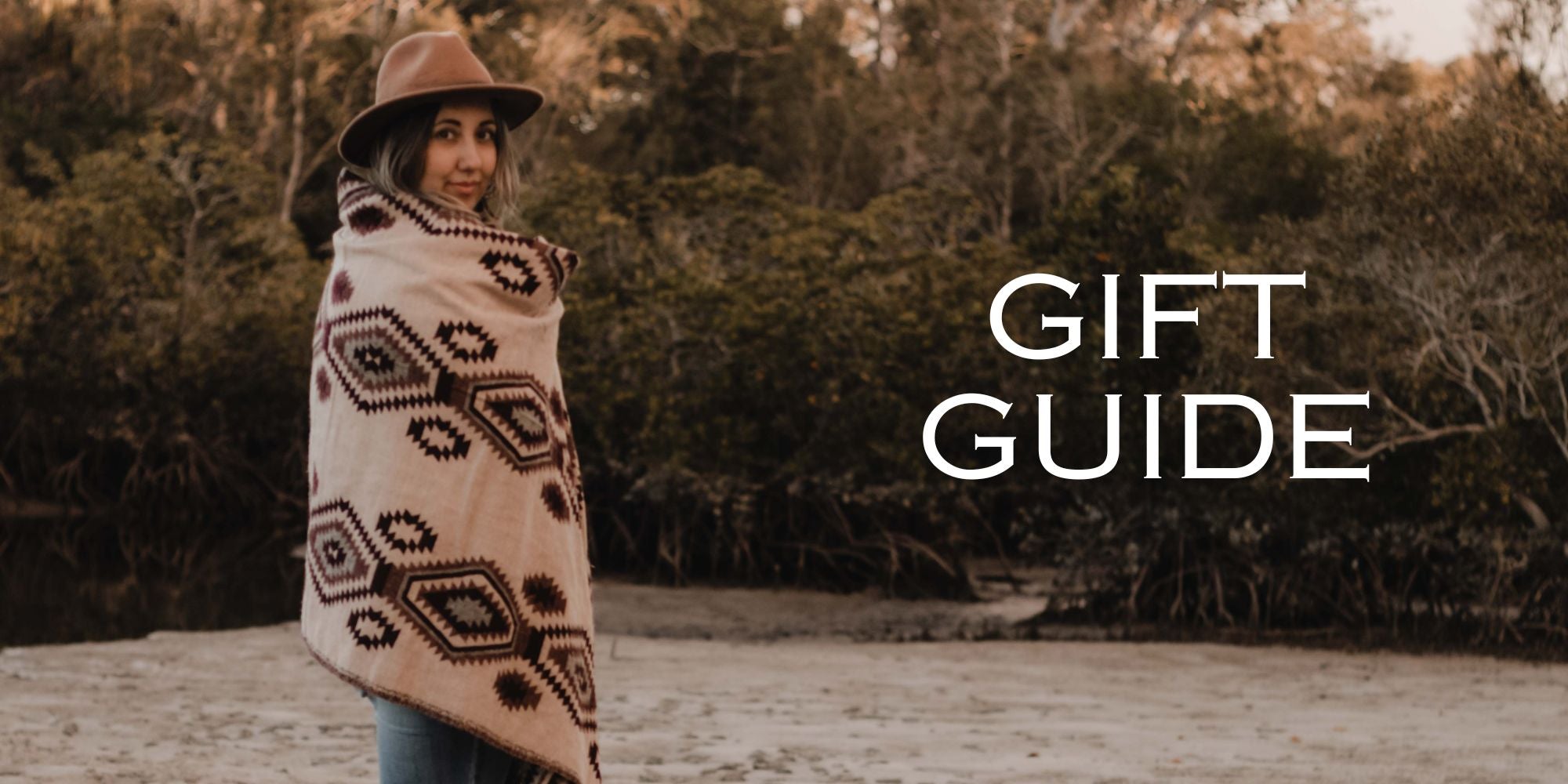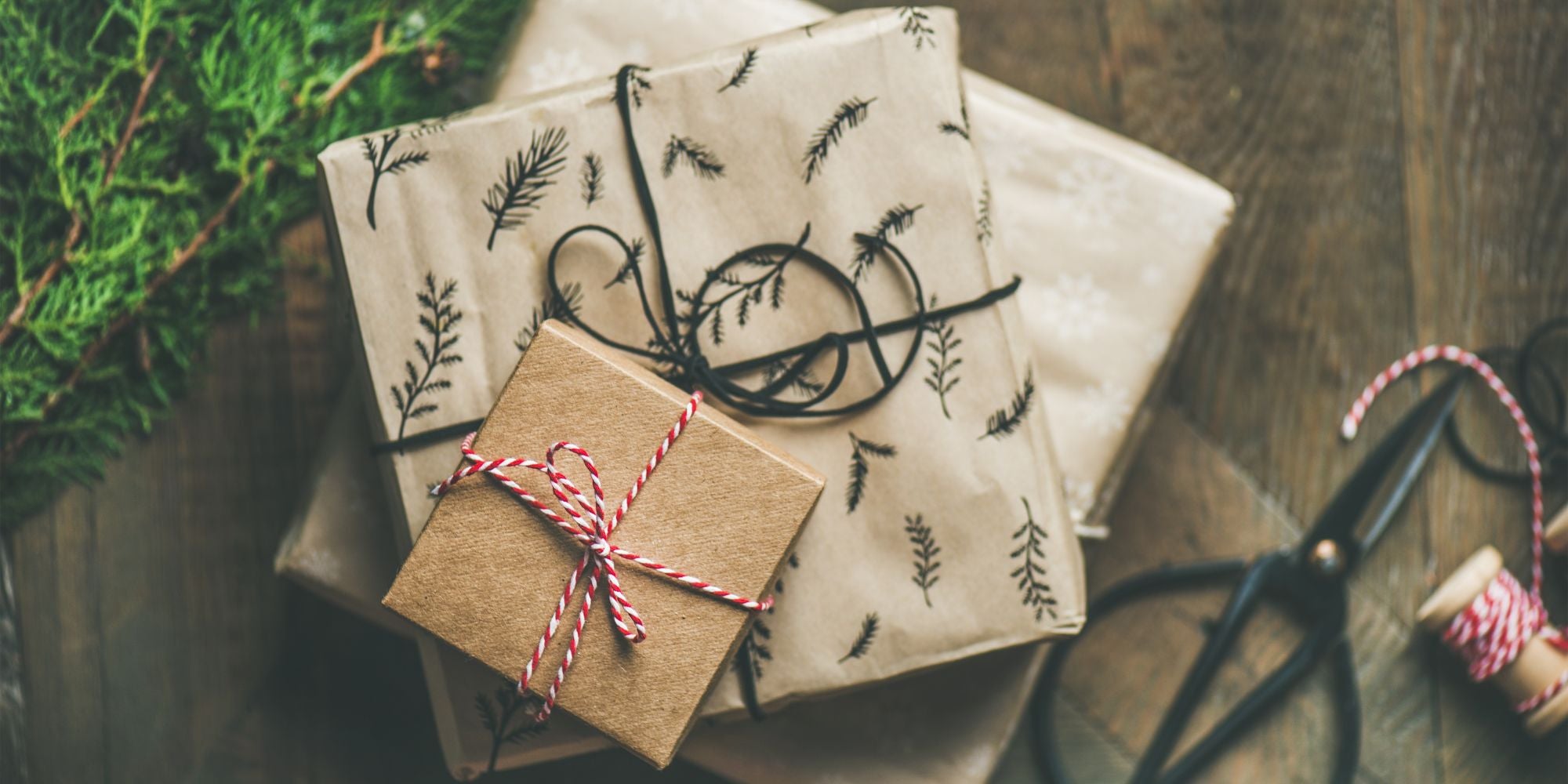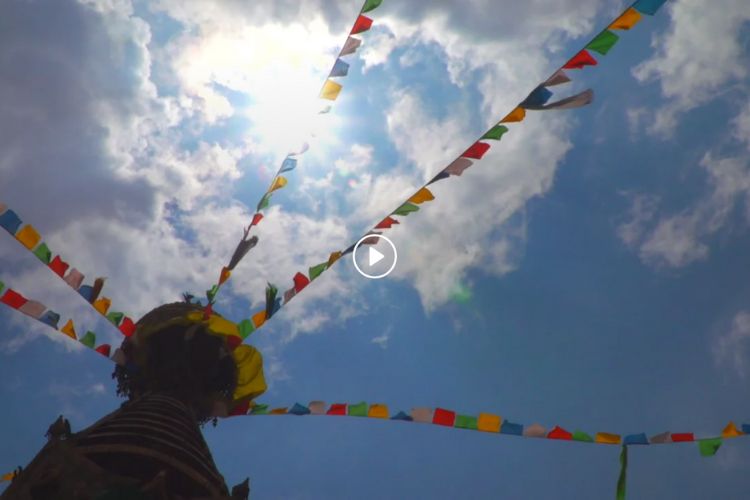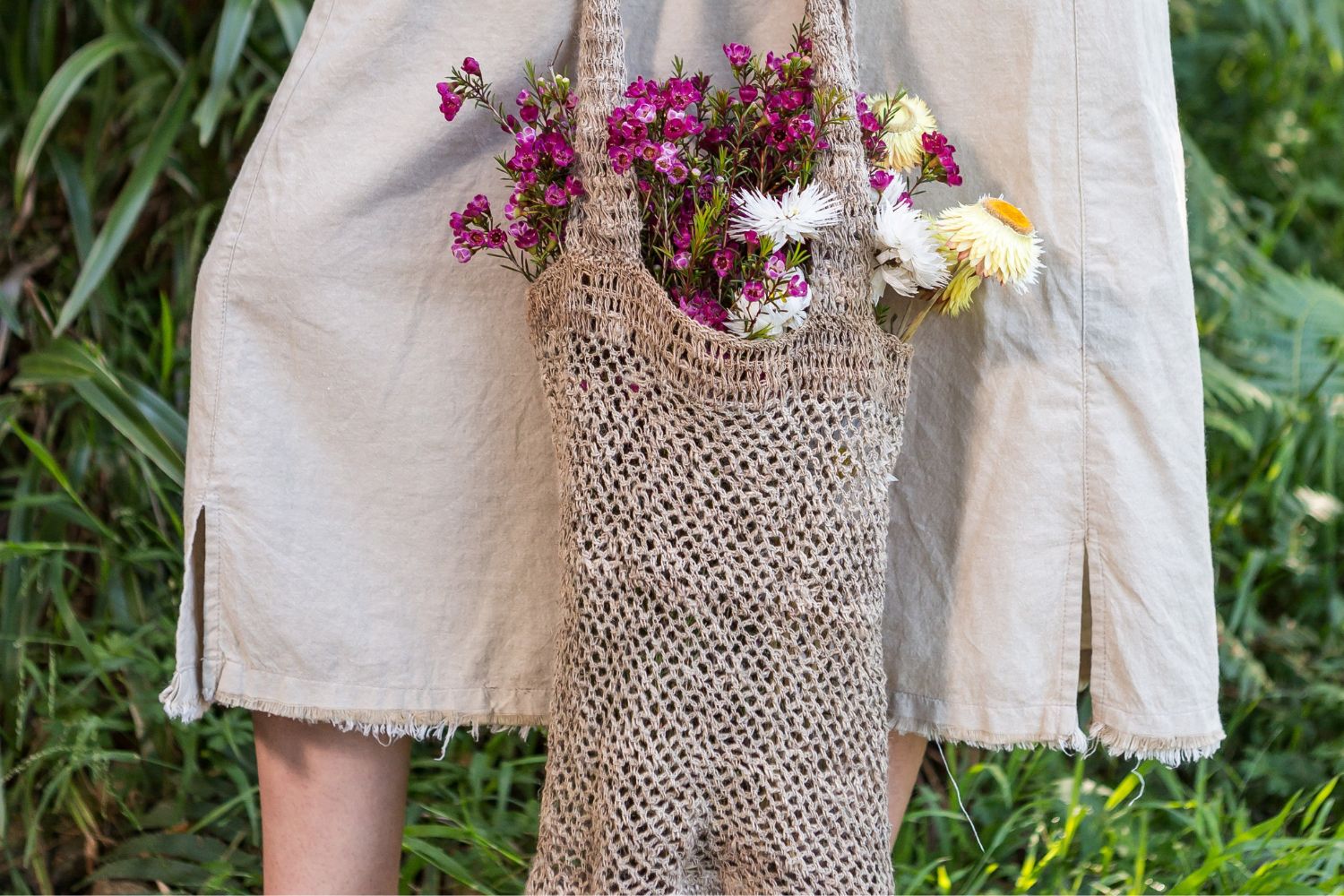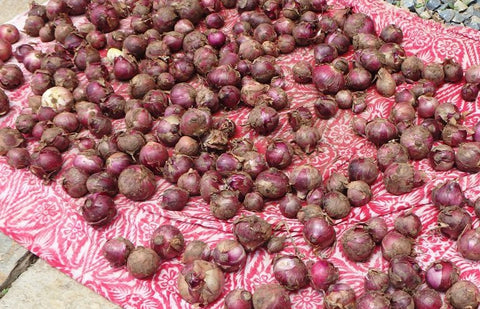
I was blessed to be able to travel to the village of a true master of natural dying techniques recently in Nepal. A couple of hours drive outside of Kathmandu lies the mecca for plant based colour enthusiasts, and even though it was the wet season, I was not letting this opportunity pass.
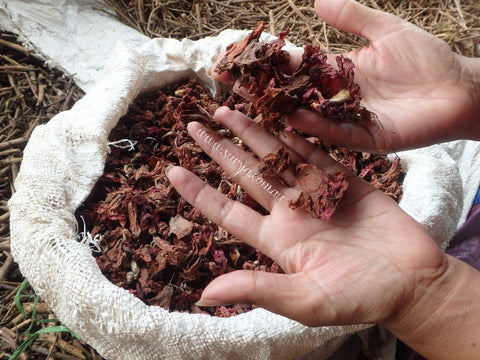
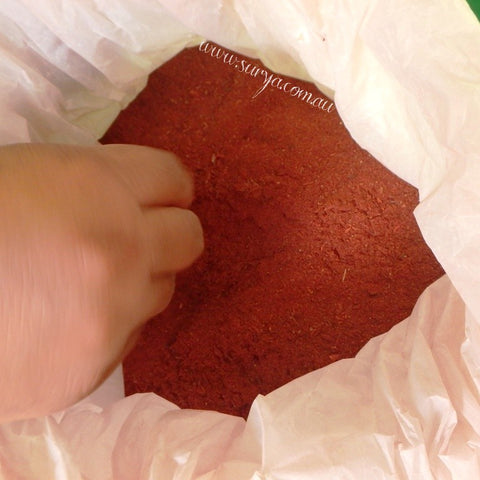
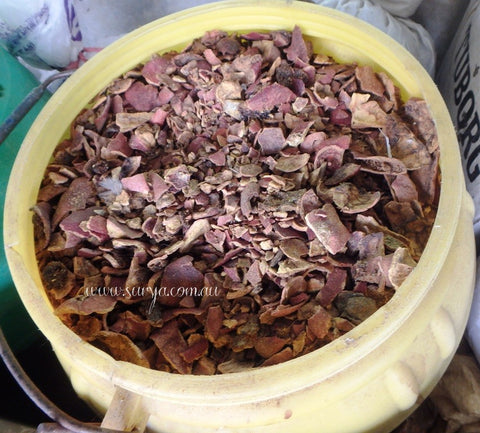
Above from top: rhododendron flower, red sandalwood ground bark, pomegranate shell
The expedition was planned for 8am the following day. When we woke up it was raining - the trip was postponed as the roads were too dangerous in the wet season, we weren't sure to make it all the way and may have had to walk a few kilometers in the mud. I was keen, however my guide wasn't so it was all off.
And then the sun came out!
I got a call saying we were leaving at midday. Yippee!
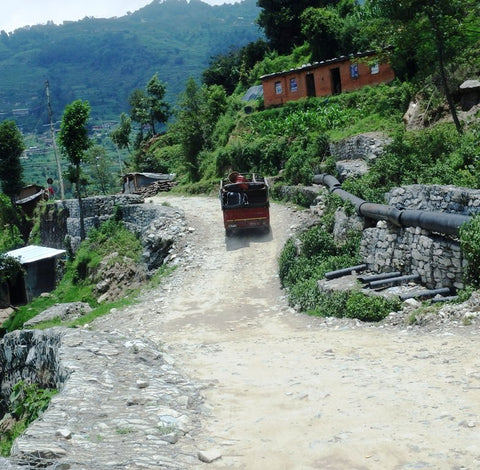
The phrase 'natural dyes' is thrown around both in Nepal and Australia, and now unfortunately it simply means the colour is natural looking. We're all familiar with the light greys, muted browns and burnt yellows to denote a plant based dye, while most of them are still mineral based. I was actually quite amazed to see the full range of colours you can achieve naturally ... of course you have all the 'earthy' looking colours, but the bright pinks and deep blues were stunning. Seeing this process inspired me and I wanted to learn more.
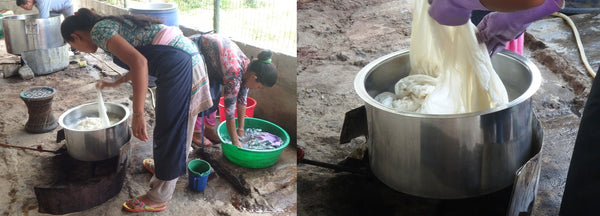
I was impressed to learn that any given plant could be used for either it's flower, bark, leaf or seed covering ... and that each part would yield a different shade depending on the mordant used .... and/or the pot it was boiled in (steel, copper, aluminium etc).
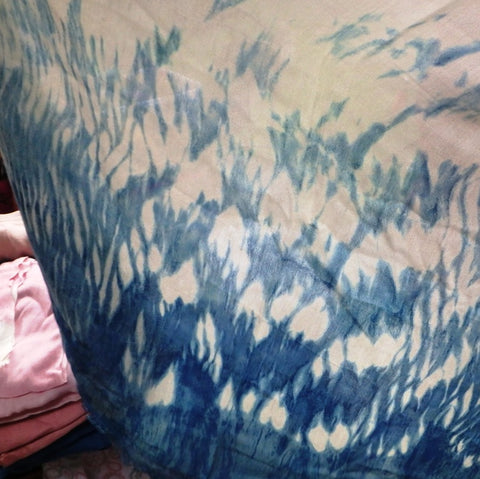
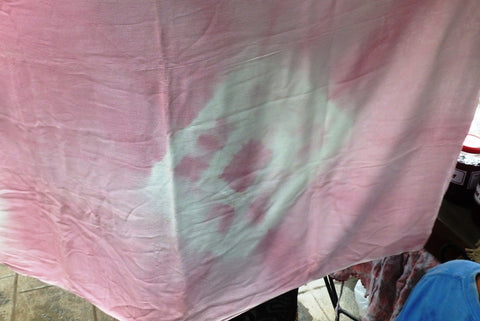
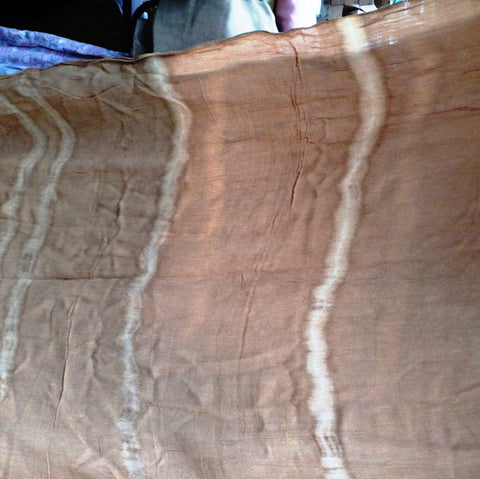
We are still in our infancy with plant based dyes and the natural technique ... I will keep adding to this blog as we learn more and develop a relationship with our maker.
Read more about Shanti, our eco dying expert in Nepal >
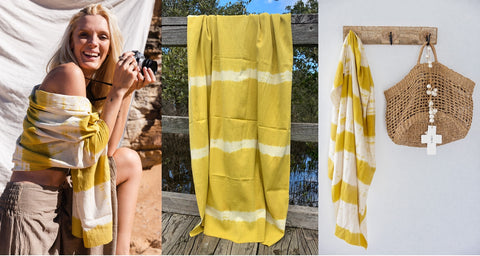
Browse our beautiful range of Eco Dyed Hemp Throws all handmade in Nepal
Until next time,
Mel Xx








